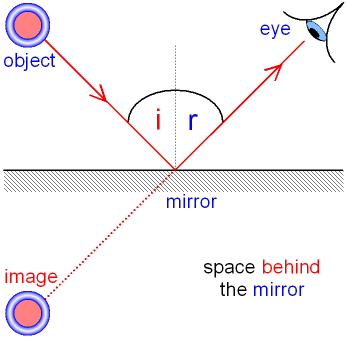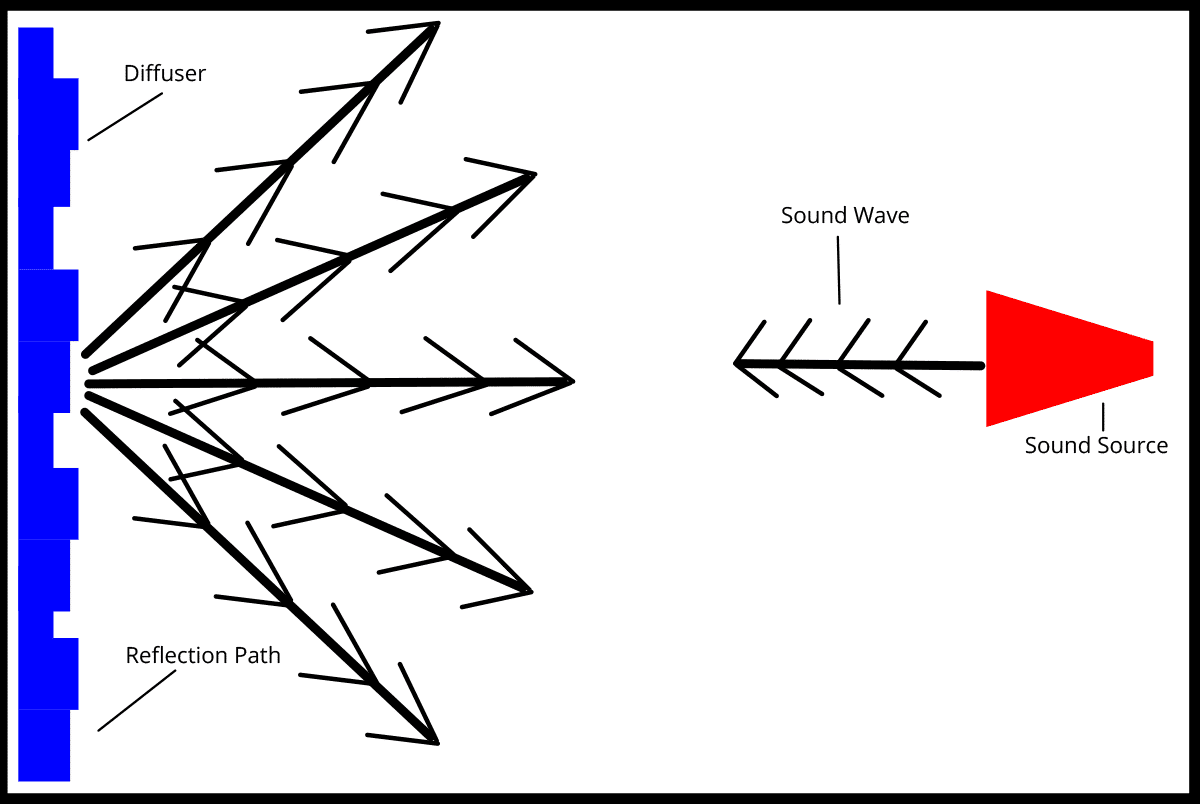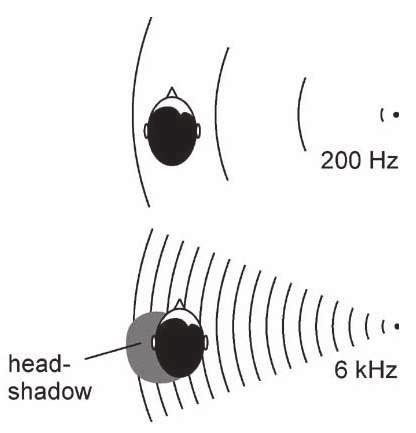In our column about Quality in Sound in cooperation with Architettura Sonora and signed by Filippo Bartolozzi of R&D Dep., we mentioned the role that sound might play in decorating a room, emphasizing, however, how sound sources cannot be equated directly with light sources; let us focus this time on the similarities between the two areas, trying to understand how we can exploit the physics behind acoustic phenomena in our favor to recreate situations that we are more accustomed to with light.
REFLECTION

The use of mirrors provides the illusion that the room is larger, as well as collecting and reflecting light directed toward them, increasing the brightness of the space. Acoustically, we can achieve a similar effect by placing sources near walls, ceilings, and floors, which by reflecting sound waves amplify the effect: each wall generates a “virtual acoustic source” beyond it, just as beyond a mirror we see a “virtual” double of various objects. The effect is especially important at corners, where the meeting of three surfaces generates as many as seven virtual sources, with a marked increase in sound level and a potentially nice saving in terms of sources needed to sonorize the room. Since the wall reflects only the sound waves that come at it, remembering what was said last time about the directivity of sources we should expect that it is much more likely to be the low-frequency waves that encounter a reflecting surface in their path: the amplification given by the walls is, therefore, more relevant at low frequencies and therefore tends to modify the sound, “swelling” it and giving it body (try placing a smartphone in the corner of a room to get immediate feedback). Beware, however! Reflection also has the consequence of giving rise to resonances (or “modes”), a phenomenon whereby indoors some frequencies tend to “rumble” and be excessively present. The effect is related to the shape and size of the room and affects frequencies that have wavelengths comparable with its size, so typically low frequencies, which have wavelengths of several meters. Again there is an analogy with light: “resonant cavities” are used to produce laser sources.
 DIFFUSION
DIFFUSION
When a lamp is oriented toward a surface that is not perfectly smooth, such as that of a wall, the light rays are reflected in an irregular way, diffusing into the rest of the room and illuminating it in a softer and more balanced way than would be possible by using the original light cone directly. With sound, too, we can achieve a similar effect, using objects that appear similarly irregular in the eyes of the incident acoustic wave: although there are specially designed products called “acoustic diffusers,” good results can be obtained using simple shelving units, especially if the books and objects placed in them are of varying size and profile: in this way, we can create irregular surfaces and small “acoustic niches” in which sound reflects unevenly from point to point, just like light on the small roughness of a wall.
LIGHTS AND SHADOWS

More complicated is recreating suggestive light and shadow effects at the sonic level: although the effect also exists at the acoustic level, its magnitude is highly dependent on the ratio between the size of the obstacle and the wavelength of the sound radiation. Since a wave is able to “go around” obstacles if they are smaller in size than its wavelength, each obstacle is likely to stop much more high frequencies than low ones, generating a dark, unarticulated sound in the shadow cone.
A different and more balanced effect can be obtained by placing the obstacle very close to the source so that the shadow cone affects as many frequencies as possible and therefore a more homogeneous situation also exists in the shadow cone.
So we see that, with a little attention, it is possible to recreate even acoustically the equivalent of many phenomena that we are definitely more accustomed to knowing in the lighting sphere, opening up great possibilities in the “all-around” furnishing of a space.







